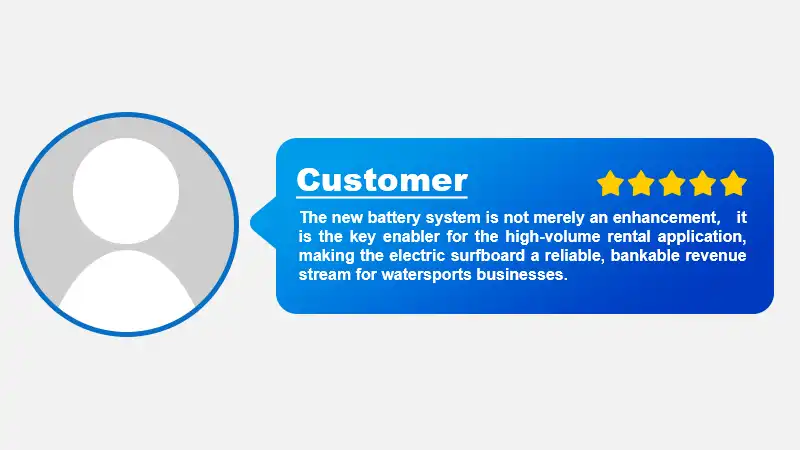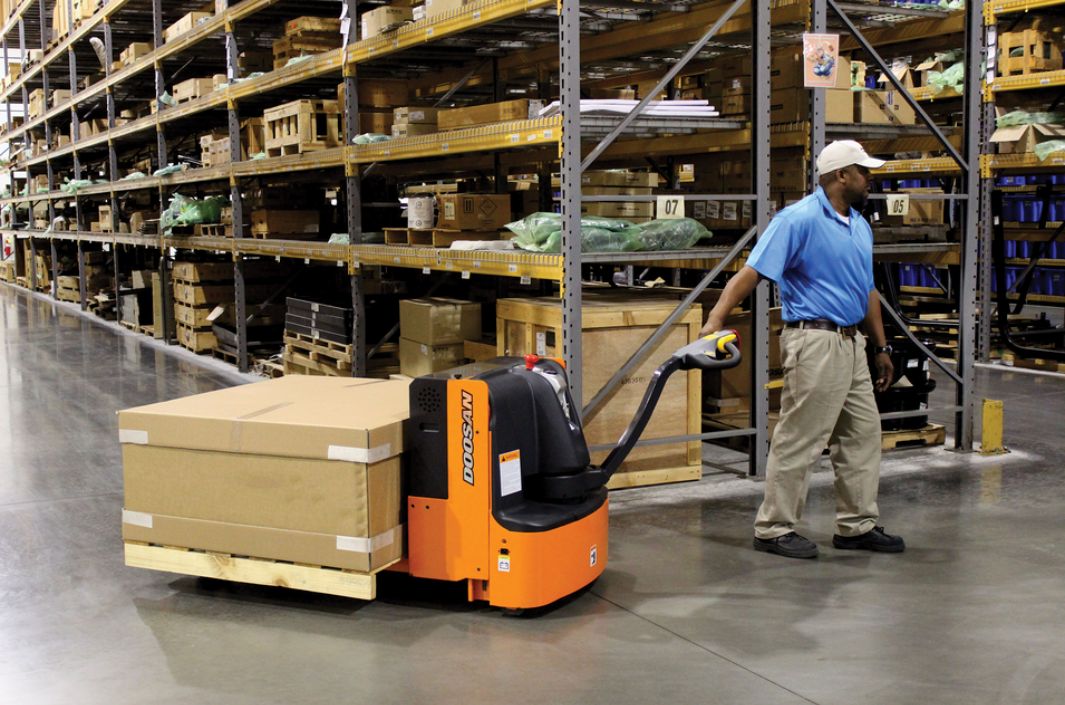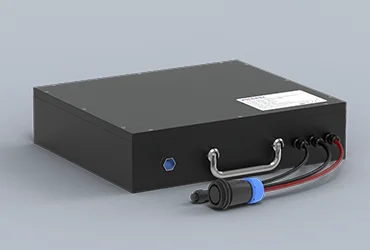Surfboard Battery Needs Analysis Content
Based on the synthesis of customer feedback and fleet operational logs, the following technical requirements for the battery energy storage system (BESS) are derived. These requirements shift the focus from simple energy density to power stability, speed, and thermal resilience.
Surfboard Battery Needs Analysis Content
Based on the synthesis of customer feedback and fleet operational logs, the following technical requirements for the battery energy storage system (BESS) are derived. These requirements shift the focus from simple energy density to power stability, speed, and thermal resilience.
2.1. Sustained Power and Runtime Requirement
- Problem: The current battery fails to sustain the required peak power draw through the last quarter of its state of charge (SOC).
- Technical Need: The battery must guarantee a 60-minute sustained operational window at a minimum average discharge rate of 50Ah.
This necessitates
- Voltage Stability: Minimizing voltage sag under high load, especially below 20% SOC.
- Usable Capacity Increase: A volumetric increase in capacity to ensure 60 minutes of total run time, but critically, the cells must tolerate a higher continuous C-rate across the entire discharge curve.
2.2. Fleet Turnover Charging Requirement
- Problem: The 4-5 hour charge time (0% to 100%) prevents rapid fleet cycling necessary to meet afternoon demand.
- Technical Need: Implementation of a High-Rate Charging Protocol to achieve a 20% на 80% SOC recharge in less than 60 minutes.
2.3. Thermal Management and Safety Requirement
- Problem: Heat buildup during discharge and subsequent charging in hot climates triggers protective shutdowns and slows charging.
- Technical Need: Integration of an Active Thermal Management System (ATMS) to ensure cell temperatures remain within the optimal operating window (0∘C−45∘C). This requires:
Application Case Outcome
By addressing the core technical requirements identified in the needs analysis, the electric surfboard transitions from a niche product to a high-utility B2B asset, enabling a powerful value proposition:
| Old Product Limitation | New Product Solution (Enabled by BESS) | Value to B2B Customer |
|---|---|---|
| Low Utilization (1-2 trips/day) | 60-minute turnover time | 100% Increase in Daily Capacity: Boards can now complete 3-4 cycles per day, significantly boosting revenue per asset. |
| Unreliable Runtime (30 mins usable) | Guaranteed 60-minute sustained performance | Premium Service Delivery: Eliminates range anxiety and lesson refunds, protecting brand reputation and allowing for reliable pricing structures. |
| Safety Concerns (Overheating) | Active Thermal Management System (ATMS) | Predictable Operations & Longevity: Ensures the fleet remains operational during peak heat hours and drastically extends the useful cycle life of the expensive battery packs. |
Customer mention







